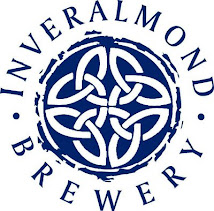In the Days of Yore, ale was officially tasted or organoleptically evaluated, to use contemporary brewery jargon, and approved or condemned by the Ale Conners, or Knowers of Ale, whose task it was, charged to them by the Incorporated Trades Guilds of the Town, to judge the very quality and substance of the ale brewed for sale within the policies of the township. In Perth the Guilds were incorporated by William the Lion of Scotland's Charter of Perth in 1210, so they have been around for a long time.
The method for testing the ale was quite simple and consisted of 6 parts:
Part the First - Attire thyself with leathern breeches.
Part the Second - Avail thyself of a flagon of the ale in question.
Part the Third - Pour one quarter of the flagon on to a bench.
Part the Fourth - Sit thyself down upon aforementioned bench.
Part the Fifth - Quaff the remainder of the flagon and indulge in timely conversation with thy neighbour.
Part the Sixth - Upon draining the flagon, stand up and turn to observe the bench; if it be stuck to thy leathern-clad rear, then the ale be proven to be underfermented with sticky malt worts and unfit for sale, whereby the brewer be punished; yet, however, if thy rear be free of aforementioned bench, then the ale be proven cleansed and fit for sale and the brewer be complemented.
In these modern times, the ale is still tested and tasted, though without the deliberate spillage on the bench. The Guildry Incorporation of Perth continues its centuries-old practice of ale tasting and below is a picture, in the modern style, of your correspondent in the fine hostelry of Greyfriars, during their triennial Ale Tasting last week, holding forth upon a bottle of Blackfriar, which the Guildry's Ale Conners are analysing with great thought and determination.
The Blackfriar was proven cleansed and fit for sale.
Slàinte, Ken






No comments:
Post a Comment